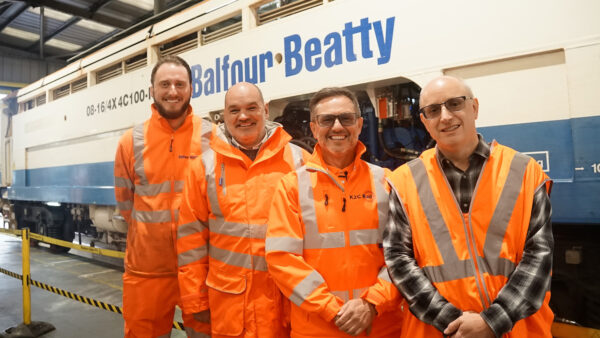The three billion extra people we’ll be sharing Earth with by 2050 will live mainly in Asian and African cities. How’s that going to work, then?
In Linköping, Sweden, biogas from municipal waste provides fuel for buses and trains. It cuts 9,000 tonnes of carbon dioxide emissions per year and makes the city a bit less reliant on oil.
It’s one small example of how the world’s cities could work better as they grow while resource supplies shrink, says the UN-backed International Resource Panel (IRP).
Rather than use old planning approaches that assume we’ll never run out of cheap fuel, or clean water and air, cities could set up infrastructure systems that “decouple” from our old wasteful and polluting ways. But the IRP warns that now’s the time to start.
Thirty case studies like Linköping are featured in a report produced by the IRP, which is hosted by the United Nations Environment Programme (UNEP). The report promotes the idea of “circular” thinking – where the by-products of one system provide the fuel needed by another.
Other examples are water-vulnerable Singapore, which uses advanced technologies to treat sewage for drinking and industrial water, and Durban, which turns liquid waste from landfill into water for irrigation, and also converts methane emitted from the landfill into $20,000 worth of electricity every month.
Crowded house
The three billion new people we’re expected to share Earth with by 2050 will live mainly in Asian and African cities, the UN believes. It also believes that by 2050, humanity could be devouring three times as many tonnes of minerals, ores, fossil fuels and biomass as we do now unless the economic growth rate is “decoupled” from the rate of resource consumption.
Starting now to think in terms of circular systems will allow growing cities to cope with finite resources, while maintaining the services needed to alleviate poverty and provide jobs.
But the report says initiatives must be based on coherent visions at the level of whole cities, not just isolated parts of cities. And now is the chance to do it, because some 60% of the built environment needed for the world’s urban population by 2050 isn’t built yet.
“When we look at the rising expenditures on urban infrastructure across the globe, we need to ask ourselves, what kind of cities of the future are envisaged by the designers and builders of these new infrastructures?” said Mark Swilling, one of the report’s lead authors.
“Are these infrastructures preparing cities for 21st century… resource efficient futures? Or are they just fixing, in concrete, for the next 25 to 50 years, 19th century urban planning modes and technologies that will need to be dismantled in 10 or 20 years from now?”
The report, called City-Level Decoupling, recommends a number of actions, including:
- helping city governments and universities collect and analyse data on resource use and flows;
- setting targets for more efficient resource use, such as litres of water per unit of GDP; and
- recruiting the private sector to invest and help scale small circular systems up so that they are city-wide.
“Older cities may have to retrofit and replace inefficient infrastructure into which they have been locked for decades to achieve decoupling, but newer and expanding cities have the advantage of flexibility. They can ‘get it right’ the first time,” said Joan Clos, UN Under-Secretary-General and Executive Director, UN Human Settlements Programme (UN-Habitat).
City-Level Decoupling: Urban Resource Flows and the Governance of Infrastructure Transitions (with all 30 case studies) is available here.
For more international stories go to the CIOB’s global construction website GCR










